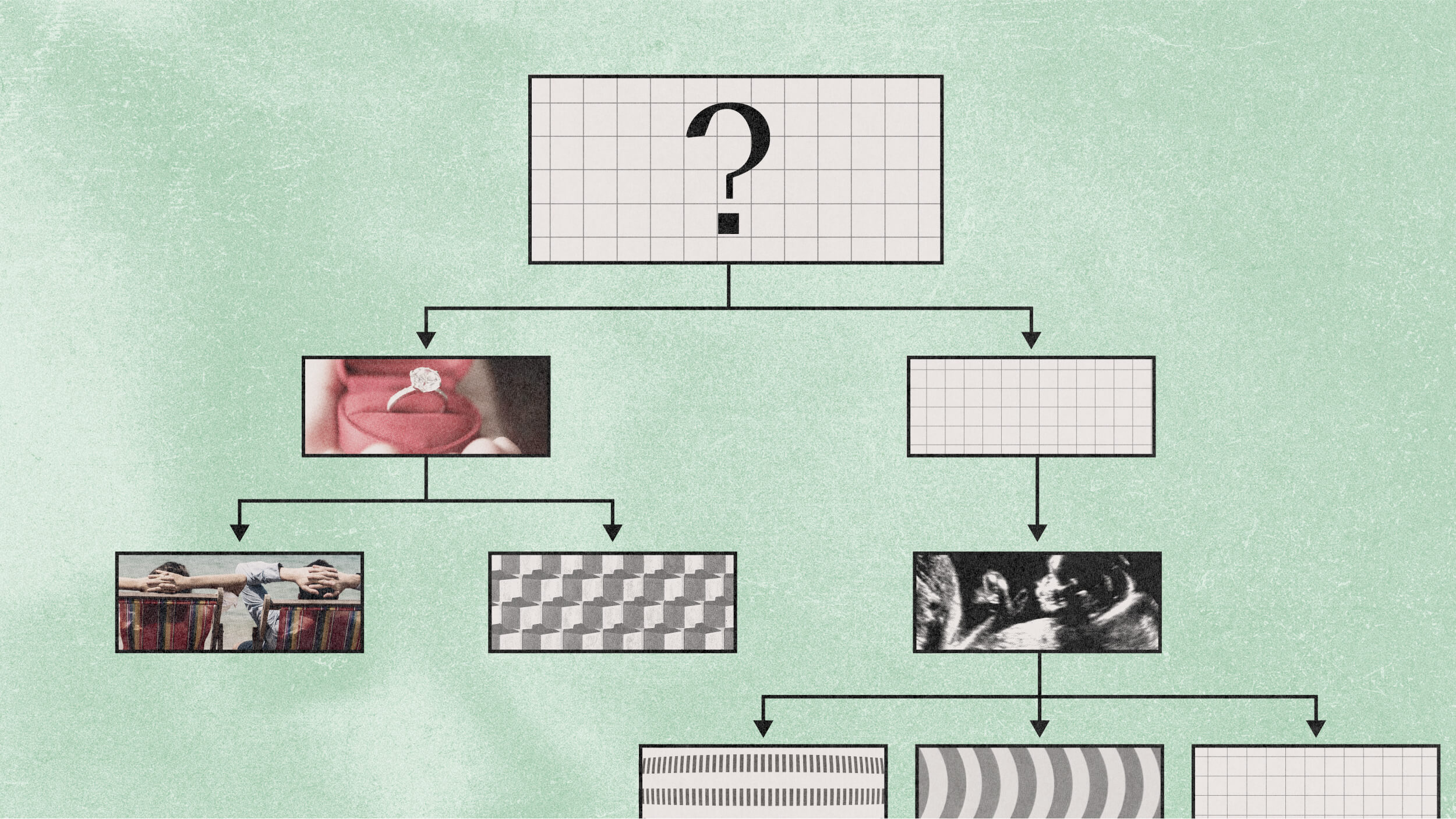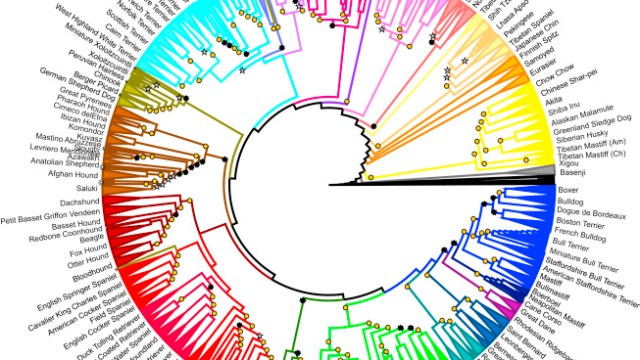Hope vs. Optimism: Which One Do You Need to Succeed?

“Whether you think you can or whether you think you can’t, you’re right,” said Henry Ford, explaining with brevity the importance of outlook on your potential for success. Ford’s comment is now echoed by psychologists who have found a causal link between our mental attitude and our physical reality.
Maintaining a hopeful, optimistic attitude has been shown to positively affect a person’s health, academic performance and relationships. But what about someone’s attitude makes them hopeful or optimistic? The two words—hope and optimism—are easy to use interchangeably in conversation. Now, a new study looks at what sets hope and optimism apart, and how the two attitudes are successfully cultivated amid the travails of life.
An important goal of the study, performed by psychologists at Chicago’s Rosalind Franklin University of Medicine and Science, was to figure out whether hope and optimism are two distinct mental constructs or parts of the same one.
To understand this, the researchers first replicated a 2004 study that found the constructs to be separate and a 2009 study that saw both hope and optimism as part of a larger “goal attitude”. Replicating the previously-found results was a key aim of the new research in and of itself as many studies have been found unreproducible.
Participating scientists included Drew Fowler, Emily Weber, Scott Klappa, and Steven A. Miller.
They considered six models in analyzing the data, which was gathered from 417 participants using Amazon’s Mechanical Turk (MTurk). This crowdsourcing Internet job marketplace has been gaining popularity as a research environment. For small fees, MTurk workers perform all manner of tasks that computers are not able to do.
To measure hope, the researchers relied on the 12-item Adult Hope Scale developed by psychologist Rick Snyder in the 1990s. Snyder regarded hope as a cognitive process that helped people plan and pursue goals. An important component of hope to Snyder is being proactive and exhibiting “agency” towards achieving the set goals. Another significant component is having “pathways” or plans to achieve the goals. Having both agency and pathways would produce motivation, the driving force towards making the objectives a reality.
The scientists used the Life Orientation Test as the scale for measuring optimism, viewed as a positive outlook on the future, which is not necessarily dependent on doing something about it.
What they found is that hope and optimism share some commonalities, but are also each quite unique, suggesting that both strategies are used by people individually and together.
In the example given by the psychologists, a person who is applying for internships is relying on a general belief in his or her ability to get those internships. The person would use different hopeful approaches to attain the goal of an internship, from applications to networking. But if rejected, the person could remain optimistic and continue applying. It’s the specific combination of the two strategies of thinking about the future that may determine the success or failure of the potential intern.
The scientists conclude that hope and optimism should be employed by people with “flexibility,” ensuring the success of their goals.
“The findings of this study suggest hope and optimism may be simultaneously intrinsic to each other, as well as contain unique properties on their own. It is our interpretation that this flexibility may aid individuals employing these factors to achieve their goals, or when expecting some outcome in their future. The use of these different strategies may suggest that hope and optimism, like musical instruments, can be enjoyed on their own, but can create an even more powerful impact when they harmonize together,” write the authors.
The researchers note that there are some limitations of their study that should be taken into account. In particular, the fact that their sample may not represent the makeup of the U.S. precisely as their subjects were 78% Caucasian, 6% African American, 6% Hispanic, and 6% Asian.
You can read their study here.
—





